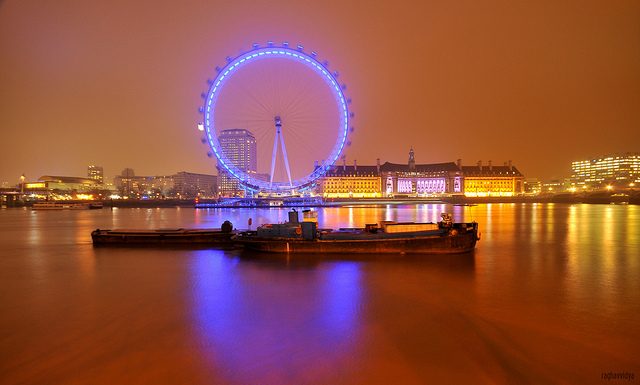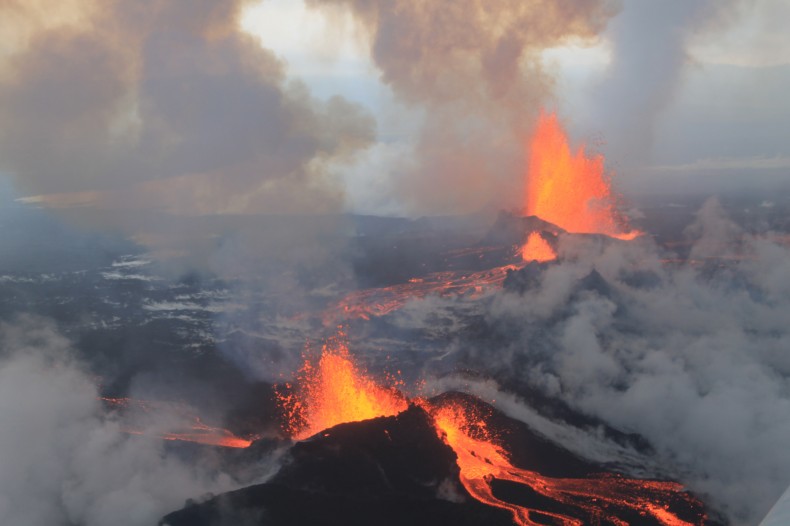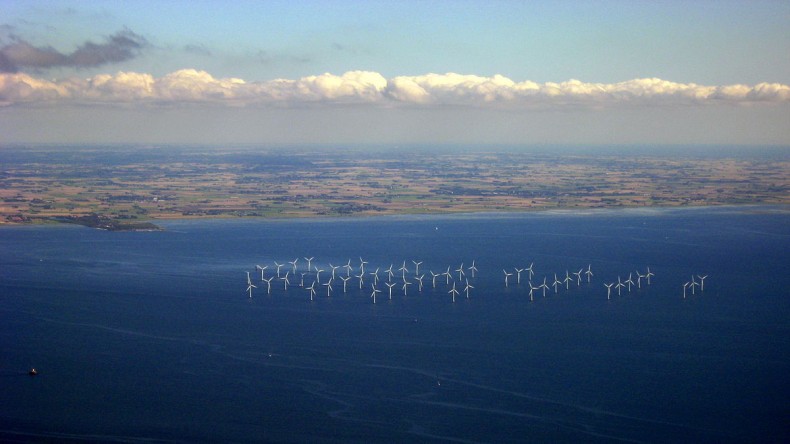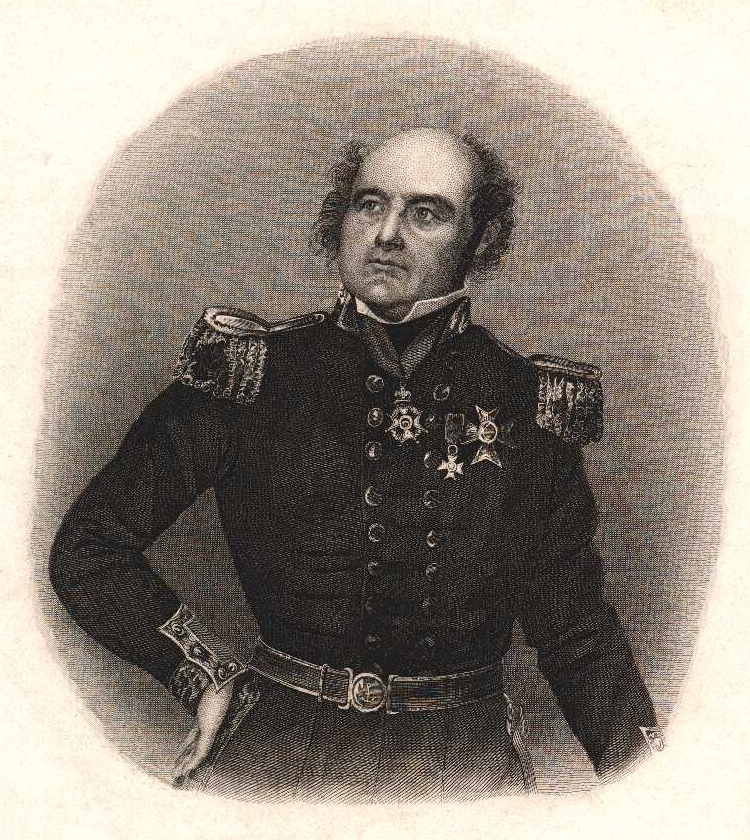
“What happened to Franklin is, in its way, a trivial question. He had a wooden ship in the Arctic and no idea what he was doing – what do you mean, what happened to him? But we still ask why. “ – Adam Gopnik, Winter (2011)
As of a week ago, we have an incrementally better idea of what happened to Sir John Franklin’s Northwest Passage search of 1845. One of the two bomber vessels, Erebus or Terror, having landed in a heap of trouble (mired in ice), ended up at a shallow depth in Victoria Strait, just off Nunavut’s King William Island, their last reported position. Against expectations, it’s in just about one piece, with its deck (and, therefore, its contents) intact, and we’ll soon know which of the ships it is when searchers determine the boiler design.
There’s already much to learn from its placement. Three-years-worth of provisions on board meant that failure was a drawn-out affair. The only written record we have states that dozens of the men died from any number of afflictions: scurvy, starvation and – as one might expect – hypothermia. The many Inuit witnesses were able to describe events quite clearly – white men dying on the ground while others trudged on, lifeboats full of sawed-off human bones. Lead poisoning from food containers is a more recent theory. After Franklin died on the Erebus, the record states, his men abandoned it and headed south on foot.
Continue reading →
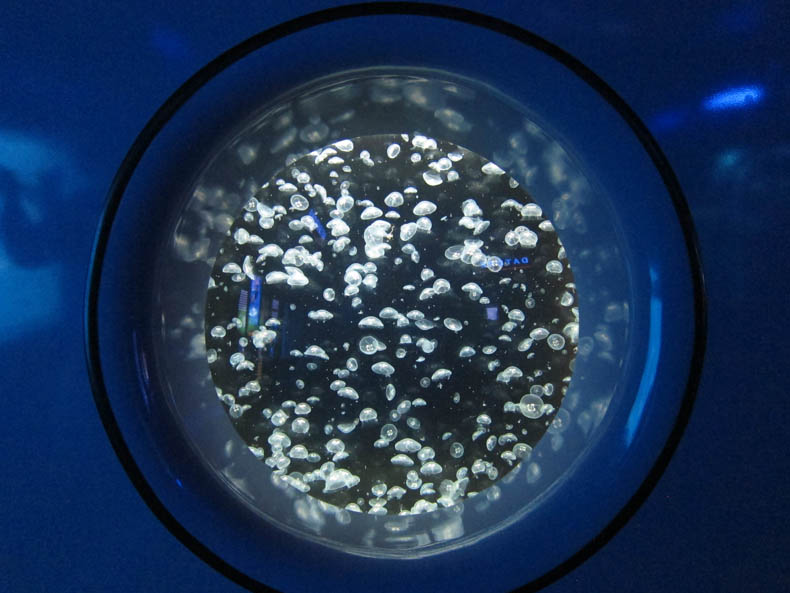 In a dark gallery alongside Baltimore’s Inner Harbor, a horde of glowy, gelatinous bulbs are drifting. A living lava lamp, someone calls them, and that’s what they are – jellyfish, mesmerizingly lit for the benefit of visitors to the National Aquarium in Baltimore.
In a dark gallery alongside Baltimore’s Inner Harbor, a horde of glowy, gelatinous bulbs are drifting. A living lava lamp, someone calls them, and that’s what they are – jellyfish, mesmerizingly lit for the benefit of visitors to the National Aquarium in Baltimore.

